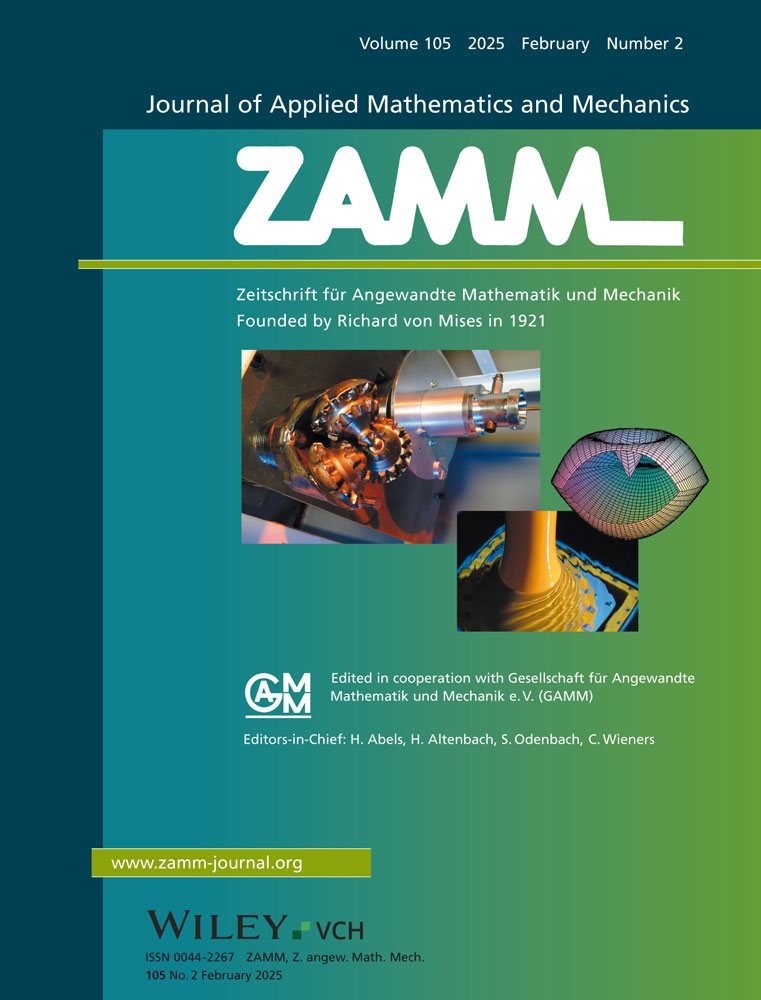Shear forces heat generation in MHD uniform flow of nanoliquid across a stretchable surface through Darcy medium
Abstract
The production of high-quality polymers greatly relies on the flow mechanism of liquid with thermal characteristics. Thus, the prediction of specific flow and thermal transport rate is important here. So, a uniform flow of viscous nanofluid over a bilateral, linearly stretching, flat, heated surface with the effect of medium porosity and magnetic field is studied in this theoretical investigation. A two-phase model for the nanofluid is employed to improve the thermal characteristics of fluid flow with heat generation via shear forces in the system. The proposed physical model is analyzed through the similarity analysis and numerical computations with various physical parameters such as the velocity ratio parameter, magnetic number, and so forth. The built-in function of the MATLAB bvp5c is used to find the numerical solution of the governing set of equations. All the findings of the simulation for the fluid flow under thermal and mass concentration influence are justified with reliable physical reasoning. Variation in the flow field is observed for both the magnetic and porosity parameters between the surface stretching and free stream velocity as well as for different values of velocity ratio parameters. Moreover, heat transport rate and fluid friction at surface to fluid are also calculated in view of numeric data given in tabulated form.
CONFLICT OF INTEREST STATEMENT
Authors have no conflict of curiosity about this article.




